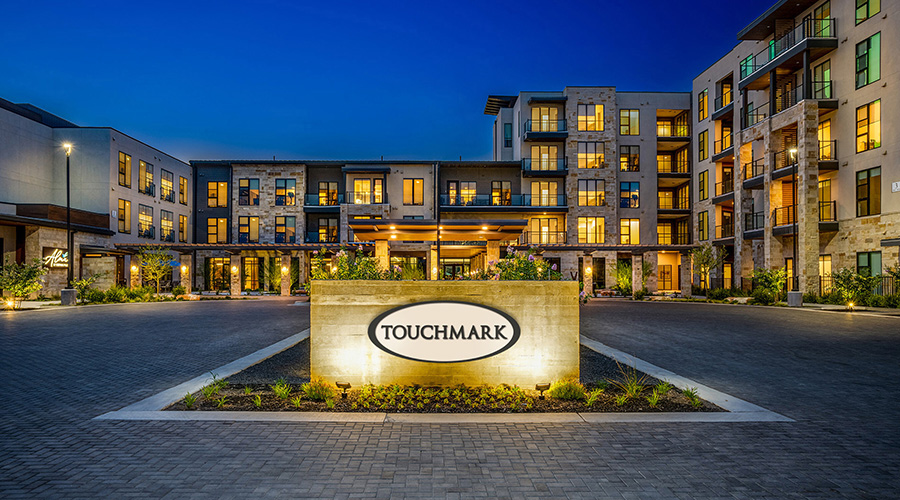Hundreds of products are available for converting linear fluorescent fixtures to use light emitting diode (LED) technologies, according to an article on the FacilitiesNet website.
Some LED devices are being mated with control options such as dimming and occupancy sensing. To get the most out of this technology, envision how your facility’s lighting should look for the next decade (or two) — because it may be that long before LED units start to wear out.
Three methods exist for converting linear fluorescent lighting (e.g. T5, T8, T12) to LED:
• Replace fluorescent lamps with same-sized tubular LED (TLED) lamps
• Replace each fixture’s lamps, ballast, and lens/diffuser/louver with an LED retrofit kit containing strips of LEDs (sometimes called a “light engine”), a driver (i.e., power conditioning device that replaces a ballast), and new light distribution optics, such as a half-cylindrical lens between angled flat panels
• Replace the entire fixture with a new unit containing LED strips, a dimmable driver (preferably), superior optical distribution, and (perhaps) occupancy and daylight-sensing controls

 Building Sustainable Healthcare for an Aging Population
Building Sustainable Healthcare for an Aging Population Froedtert ThedaCare Announces Opening of ThedaCare Medical Center-Oshkosh
Froedtert ThedaCare Announces Opening of ThedaCare Medical Center-Oshkosh Touchmark Acquires The Hacienda at Georgetown Senior Living Facility
Touchmark Acquires The Hacienda at Georgetown Senior Living Facility Contaminants Under Foot: A Closer Look at Patient Room Floors
Contaminants Under Foot: A Closer Look at Patient Room Floors Power Outages Largely Driven by Extreme Weather Events
Power Outages Largely Driven by Extreme Weather Events